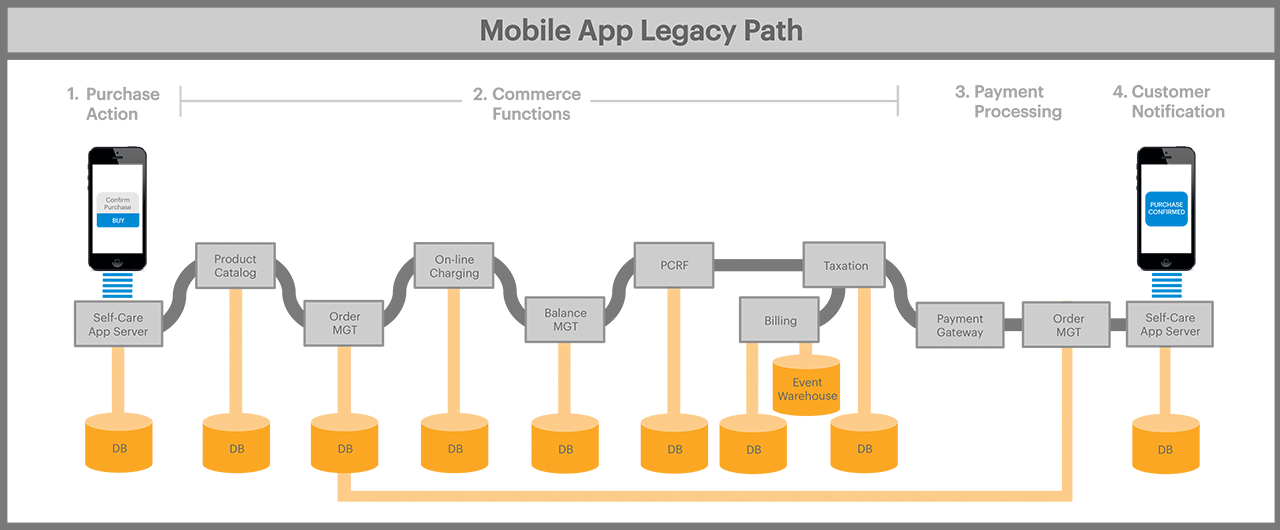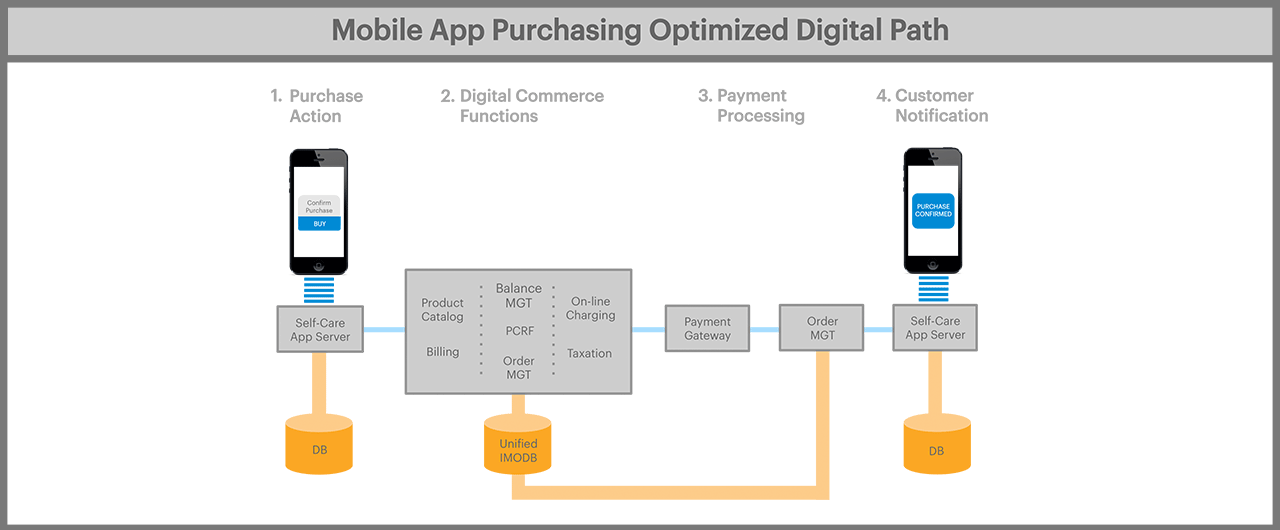- Product
Product
MATRIXX PlatformCommercial Benefits
Rapid Commercial InnovationCustomer-Centric SolutionsUnified, Real-Time RevenueDynamic Operational FlexibilityTechnical Benefits
High Performance Core5G CHF | CCS ArchitectureAPI-FirstClick-Not-CodeTrue Cloud NativeUnified Commerce- Opportunities
Market Segments
ConsumersSmall and Medium EnterpriseLarge EnterpriseGovernment NetworksPrivate Cellular NetworksWholesale- Customers
Overview
Success HighlightsBusiness Case Studies
DISH - Standalone 5GLiberty Latin America - Group TransformationOrange Romania - Rapid Brand InnovationTelefónica - Converged ChargingTPG Telecom - Multi-Brand StrategySuccess Stories
iD MobileOne NZ - ConsumerOne NZ - EnterpriseOrange PolandStarHubSwisscomTata CommunicationsTelstra- Partners
Be A Partner
Partner Program OverviewPartner Resources
Education & TrainingStrategic Initiatives
Blue Planet | Dynamic Monetization of 5GGoogle | Confidential ComputeIBM | Telco Cloud PartnershipMicrosoft and Blue Planet | Monetize 5G ExperiencesRed Hat OpenShift | Hybrid CloudSalesforce | Digital ExperiencesPartner Case Studies
AWS CI/CD Pipeline- Resources
Events & Webinars
Register ITW 2024: Join CTO Marc Price for a panel discussion on AI disruption, May 15thWebinars On-Demand- Company
Digital Path Metric – Optimizing Digital Experiences
A SmithNov 10, 2017 TECHNOLOGYDigital Experience objectives are increasingly informing communication service provider market and technology strategies. In parallel, market leading digital first companies such as Amazon and Paypal have driven consensus around the essential characteristics and benefits of an optimal digital experience:
- Precision, immediacy and transparency drive consumer trust
- Agile market offerings that combine choice, innovation and relevance create relationships around loyalty rather than obligatory service contracts
- Always-on omni-channel engagement offers the flexibility and availability demanded by a 24×7 connected world.
At MATRIXXX, we have witnessed the business benefits of successful digital strategies with some of our customers reporting a 40% reduction in call centre complaints, 5% ARPU uplift and substantial NPS improvements as they begin the journey to digital. However, delivering digital experience creates significant demands for underlying IT infrastructures. Precision, Agility and Always-on demands, combined with the load and variability of high speed mobile data are driving legacy technology into meltdown when performing common customer requests over digital channels.
Approaches to transform legacy technology from simply having a fit, to being “Fit for Digital” include BSS transformation programs, two-speed IT architectures and optimization. There’s an abundance of case history, lost souls and bust budgets around BSS transformation, so there’s minimal value rehashing that here. On the other hand, two-speed IT architectures, championed by McKinsey, recognizes in certain cases it may be impossible to transform legacy IT to meet digital-grade objectives. The intent of the blog is to focus the third option – optimization — while introducing the concepts of Digital Paths and the Digital Path Metric (DPM).
At MATRIXX we have created DPM to help our customers quantify and prioritize digital experience optimization. While tactical and short term, optimization nevertheless provides valuable benefits in advance of more strategic transformation or two-speed initiatives. Before diving into DPM we need to form a baseline for what we mean by Digital Paths. In simple terms, Digital Paths encompass all the end-to-end application and business logic workflows including all computations, data, data stores, and communication links executed or accessed to complete a specific process. From a system architecture view, optimized Digital Paths dictate that transaction workflows are simplified, made efficient and possess minimal dependencies.
With this in mind, DPM measures the technical complexity for specific customer interactions. It’s a simple but powerful tool to identify causes of poor experience and provide options to remedy. Digital interactions rely on systems and networks from several domains and for the typical communication service provider these include online (apps/WEB), middleware, networks, BSS, OSS, etc. These technology architectures have evolved, often over decades, to such a level of complexity they’re virtually sentient.

Individuals with end-to-end knowledge of these cobbled systems are rarer then hen’s teeth. DPM yields useful insight into this complexity in terms of its impact on customer experience, completely avoiding the need for hens or their teeth.
DPM quantifies and scores each interaction in terms of the number of impacted systems, databases, interconnect networks and the resilience of each. Individual systems can also possess internal DPMs as they often contain multiple databases, sub-systems and complex internal networking. The failure or degradation of any component in the Digital Path will degrade the customer experience sought. DPM is about prioritizing critical customer experiences, measuring the DPM for each and identifying opportunities for improving experience through optimization ‘quick wins’.
As an example, consider the simple self-care operation allowing a customer to view their current spend. Surely such a simple operation could be serviced by a couple of systems combining real-time balances with CRM derived customer profile information. In reality, DPM analysis frequently reveals a surprisingly large number of systems and databases involved in generating, translating, formatting and presenting the response. Optimization can be achieved through some degree of data de-normalization where data can be duplicated, or preferably consolidated into fewer systems.
In another example, DPM analysis was used to identify bottlenecks in servicing real-time usage queries for a product used by large enterprise customers. These queries involved reading and presenting relatively large data sets in real-time. A significant performance and customer experience improvement was realized simply from bypassing a middleware component that was adding little value but significant delay to the experience.
Clearly optimization must be handled with care; uncontrolled tactical evolution of technology architectures can increase overall complexity and fragmentation. However, guided by DPM analysis to prioritize and optimize the most valuable or degraded experiences, rapid and valuable benefits can be delivered.

A future blog will consider how Digital Path optimization has guided the development of the MATRIXX Go Digital architecture, built from the ground around the demands of the omni-channel digital experience.
Pin It on Pinterest
- Opportunities
